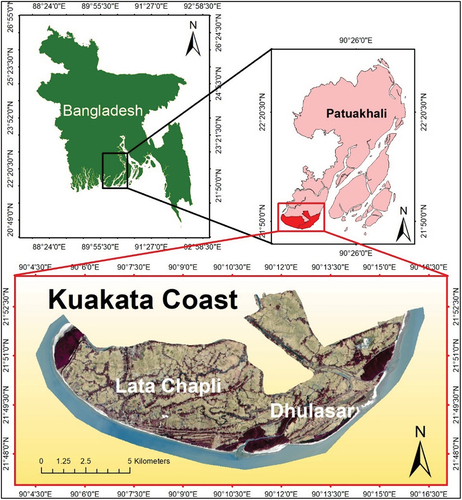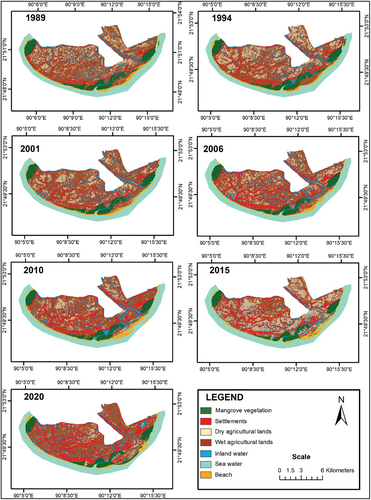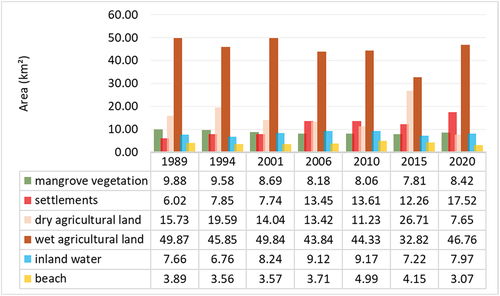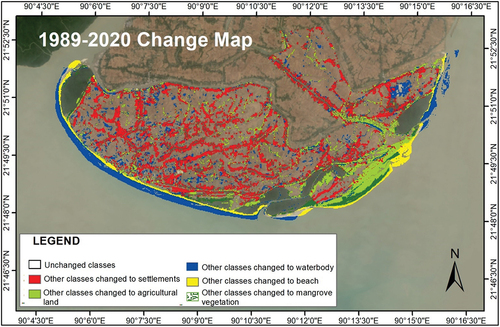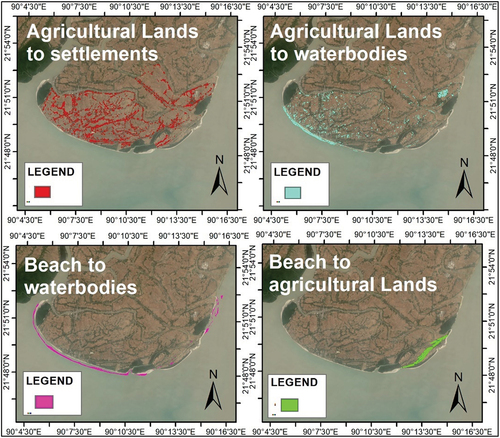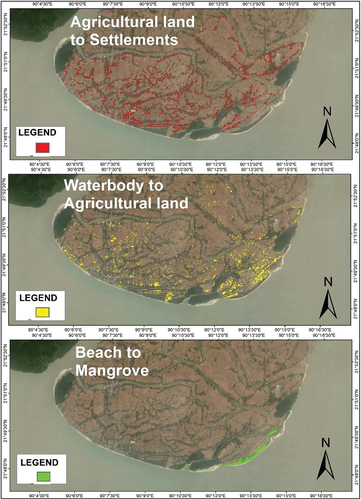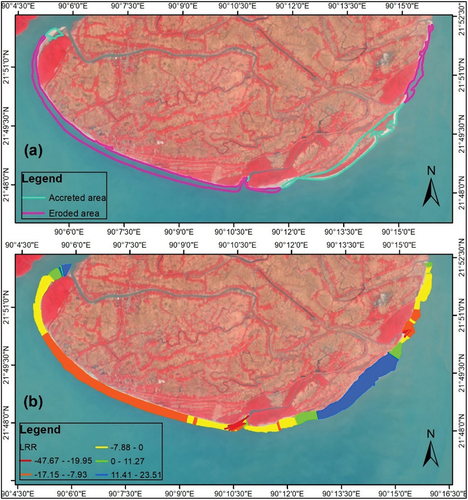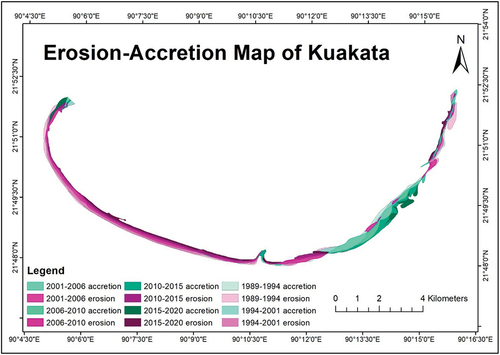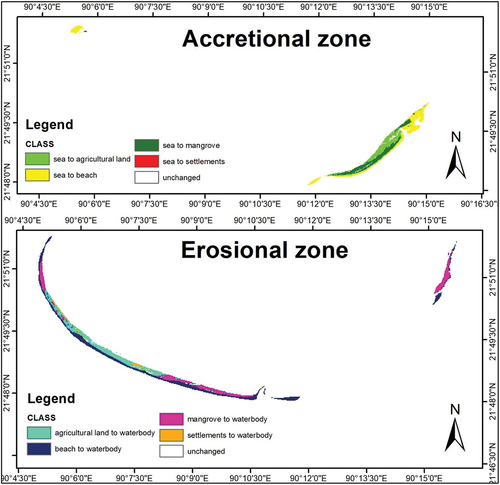Figures & data
Table 1. Overview of data used.
Table 2. Image classification accuracy assessment results.
Table 3. Summary statistics of erosion rate calculation.
Figure 9. Landcover changes shown as percentages vs. coastline movement in km2. Negative values indicate the percentage by which the share of each landcover class has been decreased during the 5-year interval while positive values indicate an increase. The total area of coastal erosion and accretion during the time interval are shown on the secondary axis.
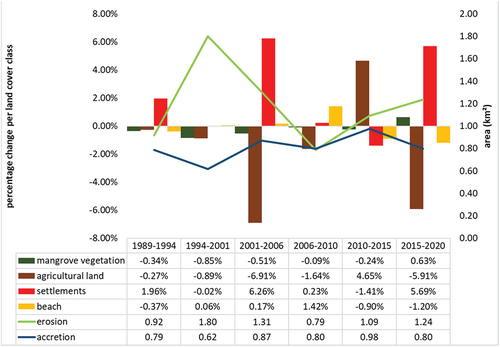
Figure 10. (a) and (b) denuded forests on the coast of Dhulasar; (c) denuded mangrove vegetation on the western coast of Lata Chapli; (d) seawater encroachment into forests near Dhulasar coast.
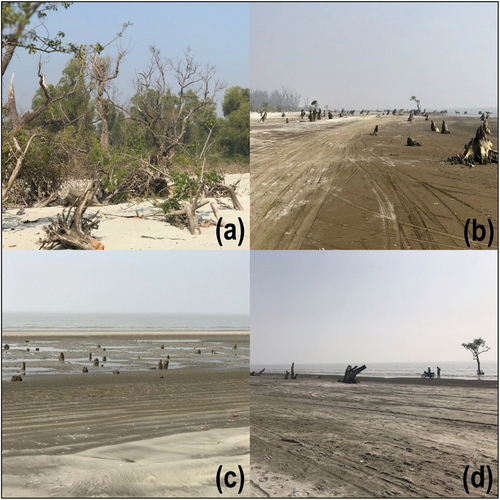
Table A1. Image bands used for the study.
Table B1. Landcover change (km2) matrix.
Table C1. Landsat OLI 2020 confusion matrix.

